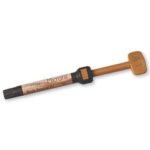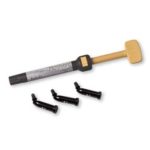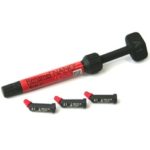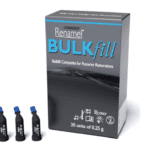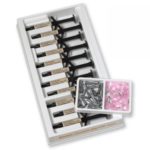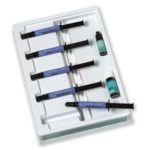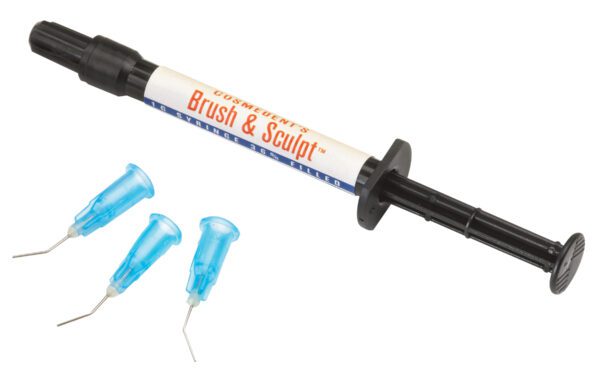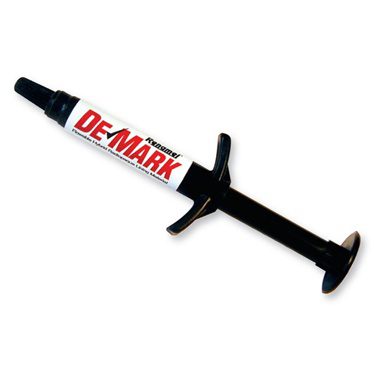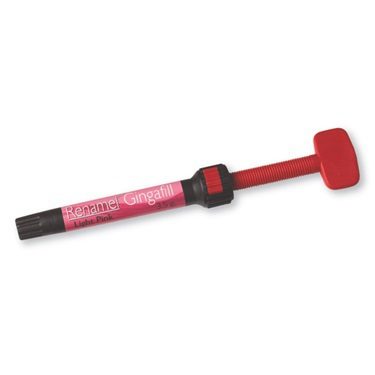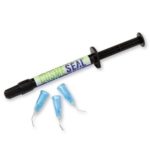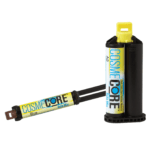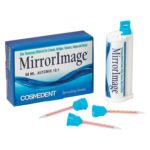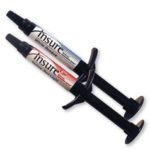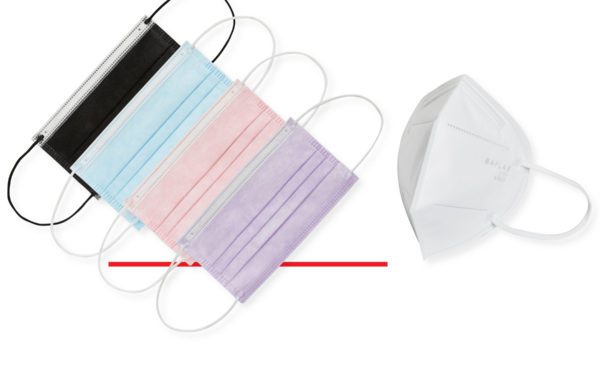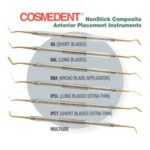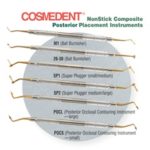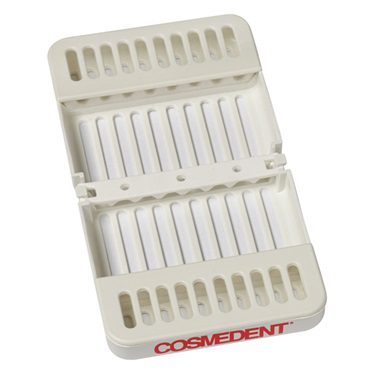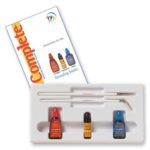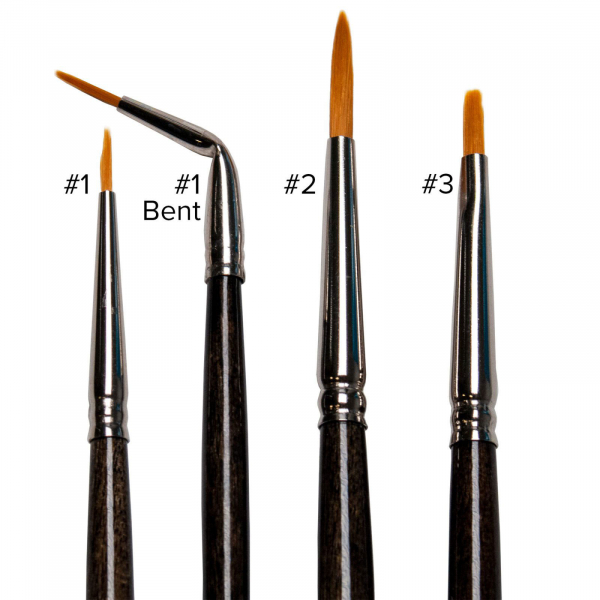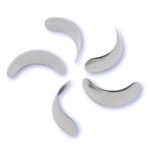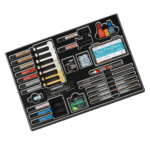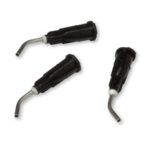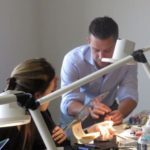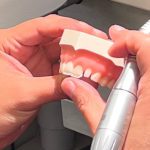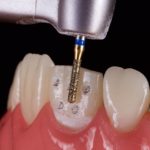- Composites
-
-
Composites
Dental Composite materials for direct anterior and posterior composite bonding.
-
-
-
-
Continuing Education: Get the most from our Composite products by taking one of our Continuing Education Courses. View Courses
-
-
- Finishing & Polishing
-
-
Finishing & Polishing
Finishing and polishing materials for composites, porcelain, metal, gold and natural teeth.
-
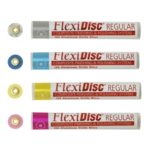 FlexiDisc Dental Polishing Discs
FlexiDisc Dental Polishing Discs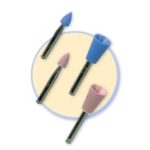 Dental Polishing Cups, Burs & Points
Dental Polishing Cups, Burs & Points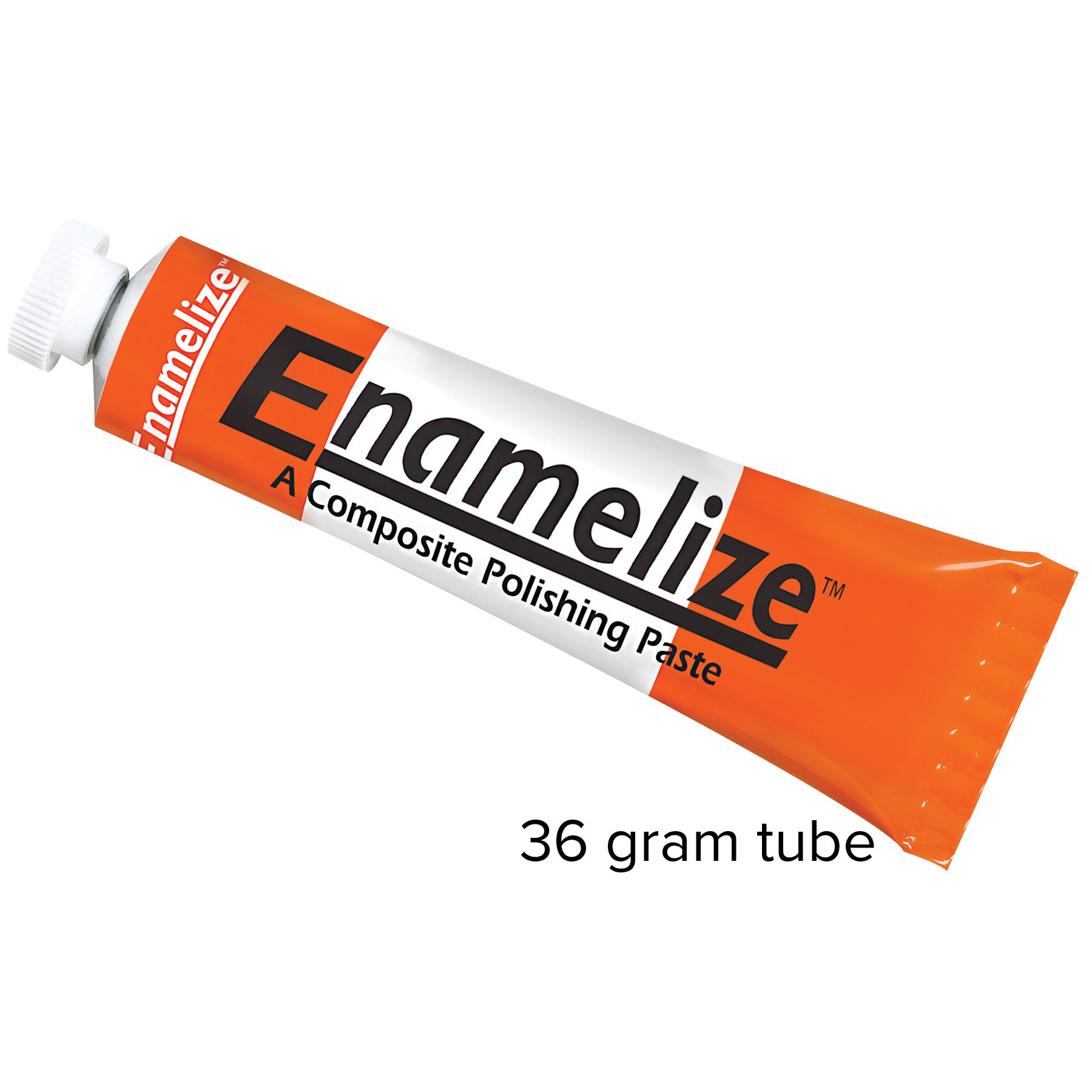 Enamelize Dental Polishing Paste
Enamelize Dental Polishing Paste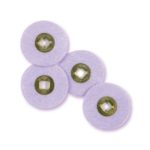 FlexiBuffs
FlexiBuffs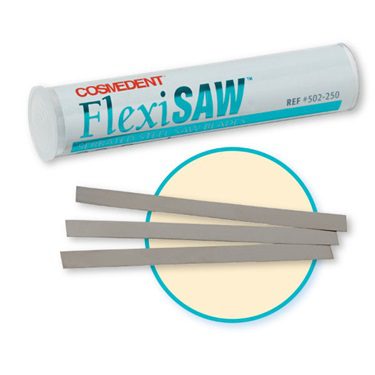 FlexiSAW
FlexiSAW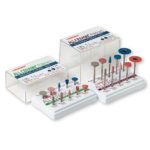 All Ceramic Polisher
All Ceramic Polisher FlexiStrips Dental Polishing Strips
FlexiStrips Dental Polishing Strips FlexiDiamond Strips
FlexiDiamond Strips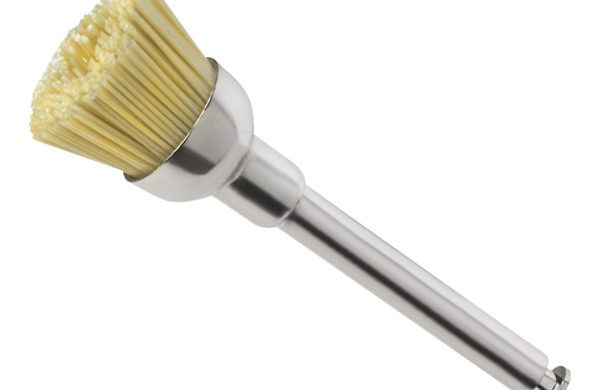 FlexiBrush Dental Polishing Brush
FlexiBrush Dental Polishing Brush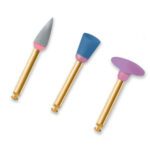 NANO / Microhybrid Diamond Polishers
NANO / Microhybrid Diamond Polishers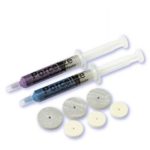 Porcelize - Porcelain Polishing & Finishing Paste
Porcelize - Porcelain Polishing & Finishing Paste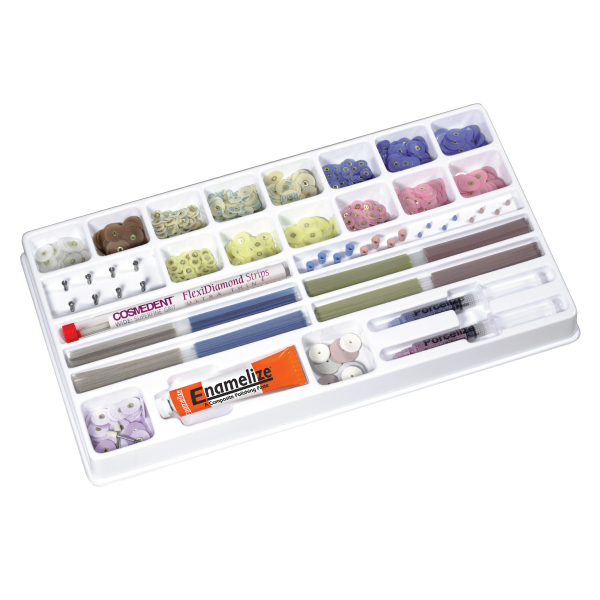 Top Finisher System
Top Finisher System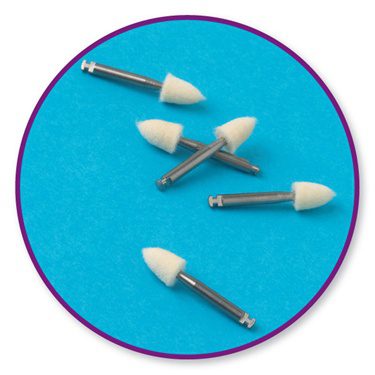 Felt FlexiPoints
Felt FlexiPoints
-
-
-
-
Continuing Education: Get the most from our Composite products by taking one of our Continuing Education Courses. View Courses
-
-
- Core & Temp
-
-
-
Continuing Education: Get the most from our Composite products by taking one of our Continuing Education Courses. View Courses
-
- Resin Cement
-
-
-
Resin Cements
-
-
-
-
-
-
Continuing Education: Get the most from our Composite products by taking one of our Continuing Education Courses. View Courses
-
-
-
- Accessories
-
-
Accessory Products
Complete your esthetic dentistry toolkit with these helpful accessories.
-
-
-
-
Continuing Education: Get the most from our Composite products by taking one of our Continuing Education Courses. View Courses
-
-
- Education
-
-
Continuing Education
Learn all of the composite dentistry that you may be missing in your practice and how doing more of it can benefit you financially and professionally.
-
-
Achieving Great Contours and Contacts Using the Mylar Strips Pull Technique
In this Tip of the Month video, Dr. Corky Willhite demonstrates how to use the Mylar Strip as an instrument rather than as a matrix. Dr. Willhite developed what he calls the Mylar Pull technique.
First, he places the Mylar Strip in the interproximal. With the composite on the facial, which is uncured, and the lingual already cured to support it, he pulls the Mylar Strip straight to the lingual. As you see in the video, he uses an instrument to hold lightly hold the Mylar Strip slightly over onto the facial. Pulling the Mylar Strip straight to the lingual, the instrument helps to contour that proximal in a convex form.
To avoid binding the composite to the adjacent tooth, it is important to be sure that the adjacent tooth surface is either unprepped, unetched enamel, or polished composite. The Mylar Pull is a technique that can help you make beautiful composites but takes practice to master. The learning curve is worth the time to help make sure your composites are the best they can possibly be.
Three Benefits of Using the Mylar Strips Pull Technique
- Convex Contour from Gingival to Insisal
With this technique, you create a convex contour from gingival to incisal. As you see in the video, there is definite convexity. If you use the Mylar Strip the way you were taught in dental school, the result is a flat contour. No natural teeth have a flat proximal surface. - Reduces the Chance of Voids or Gaps Between Layers
The second benefit of this technique is that as the material is drawn from the facial to the lingual, it adapts very well to the previously cured layer that supports it. There is less chance of gaps or voids between those layers. - Improves Sculpting Ability
Once complete, you can fine-tune the contours by sculpting without the Mylar Strip in the way. There is clear access to manipulate and sculpt the surface to get rid of any little imperfections and blend the margin before curing.
